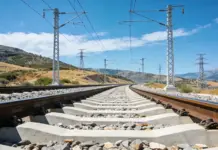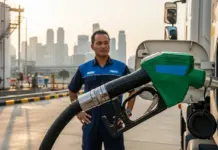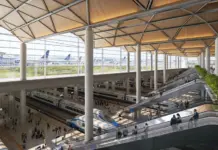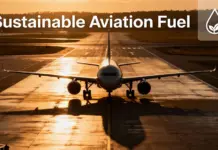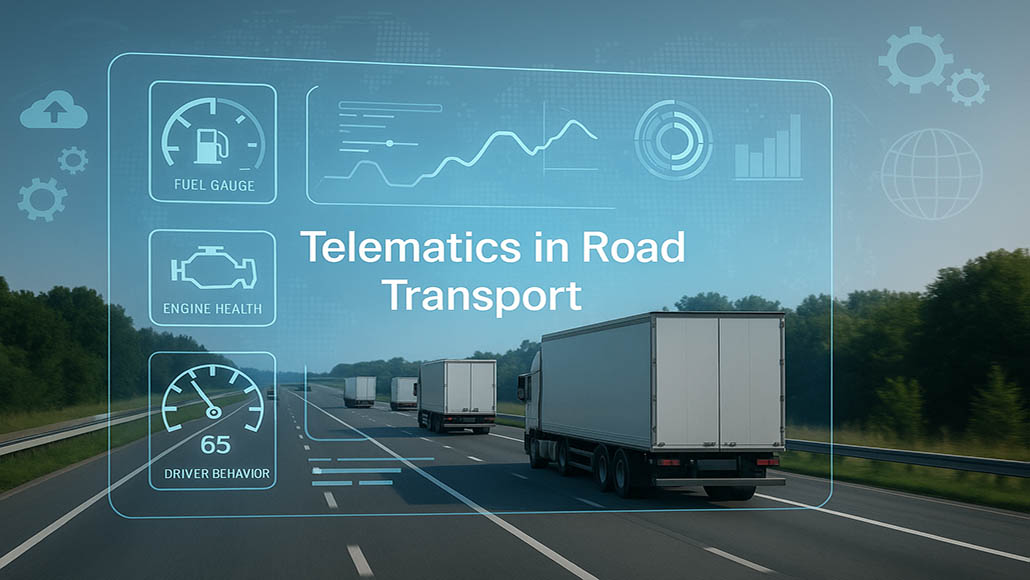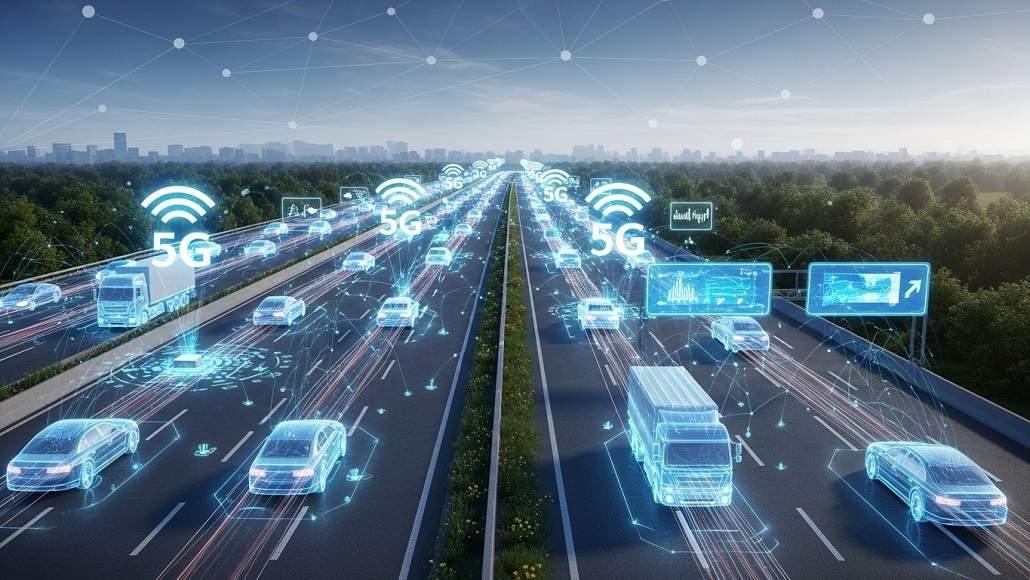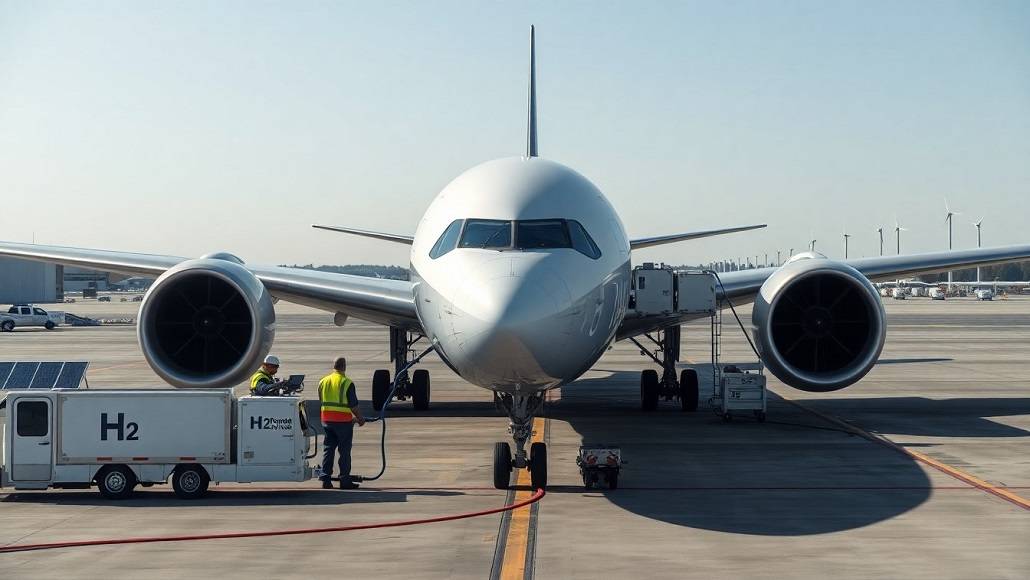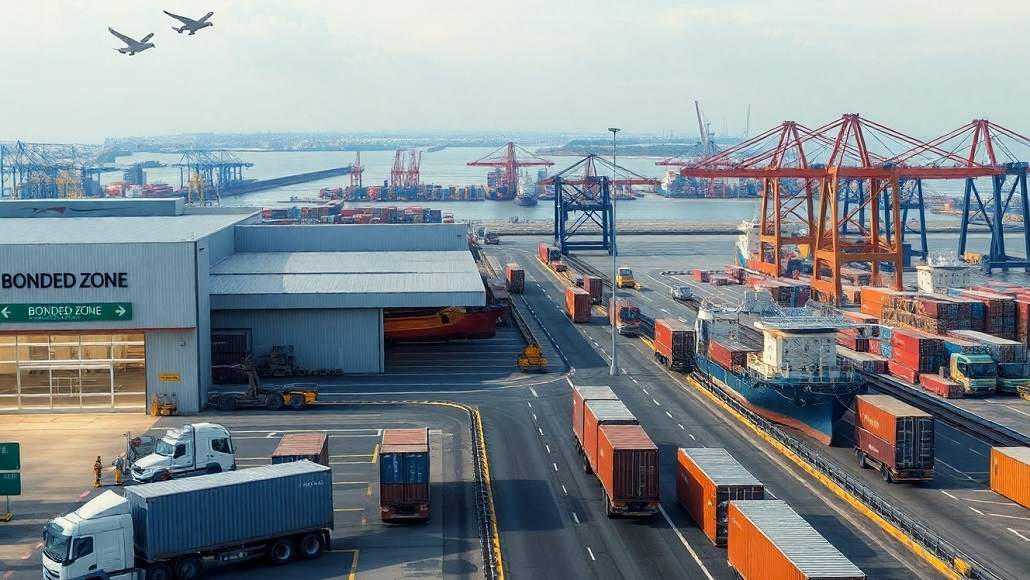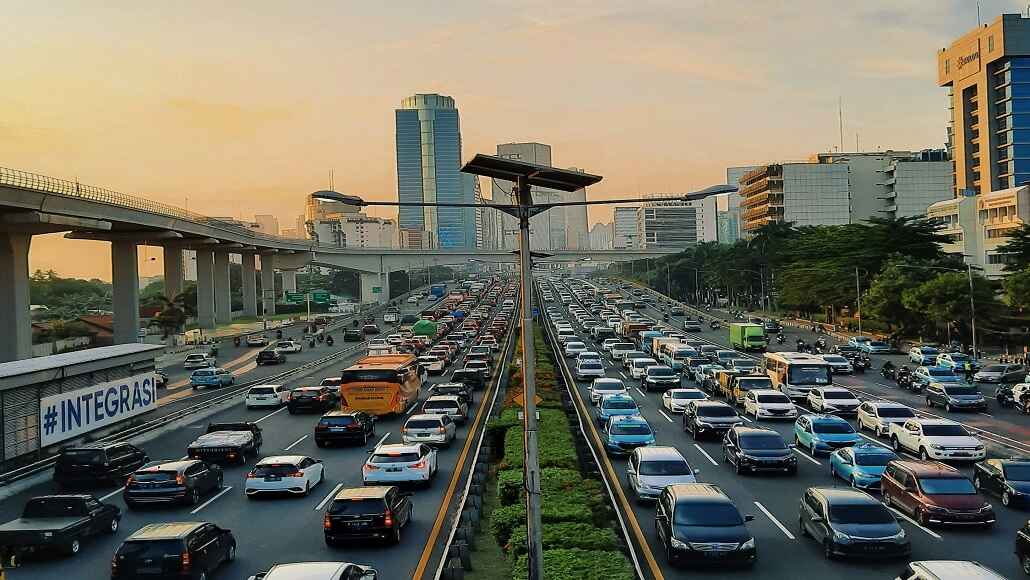5G technology is having a revolutionary effect that is getting difficult to deny as highways around the world turn into virtual veins that carry not only cars but also streams of data. Smart, connected highway corridors made possible by 5G’s ultra-high-speed and ultra-low-latency capabilities are changing the way highways work, moving us towards safer, smarter, and more efficient transportation.
Highways as Digital Ecosystems: The New Paradigm
Roads have been at the mercy of simple equipment like fixed signs, radio announcements, and people on patrol. Bad weather, traffic jams, and crashes could only be fixed after they happened. The rise of connected vehicle corridors, which are parts of highways with sensors, edge computer nodes, and vehicle-to-everything (V2X) communication, marks the start of a new era. Cars, trucks, roadways, and even people on foot are all connected in a smart tapestry that lets them share information with each other all the time.
This is what 5G technology does. In the past, wireless technology generations would take seconds or even minutes to send and respond to data. Now, 5G can send data at speeds of up to 20 gigabits per second and have latency rates as low as 1 millisecond. This jump lets cars and roads talk to one another in real time, so they can share and respond to important information like sudden slowdowns in traffic or erratic driving in a single second. The effects it has on managing highways are huge.
Traffic Flow in Real Time and Dynamic Incident Response
Managing traffic flow is the biggest direct benefit of 5G-connected vehicle corridors. In the past, highway officials have used fixed cameras and sensors to monitor traffic jams and accidents. Those solutions are useful, but they only give feedback in cycles, which can’t show how traffic flows in real time. With 5G-connected vehicle corridors, every car may be a part of a huge sensor network that provides real-time information on speed, location, and the surroundings.
A 2023 study from the Federal Highway Administration (FHWA) talked about pilot programs along certain U.S. Interstate circuits that employed connected car data to cut accident response times by as much as 40%. Highway control systems would be able to get and process incident reports from different vehicles in seconds if they had 5G connectivity. Such systems would turn on dynamic road signs and recommend new routes. By reducing the time between when an event happens and when emergency supplies are sent out, lives are saved and secondary crashes are prevented.
The Green Promise: Sustainability and Efficiency
Dedicated car lanes aren’t just about safety and convenience; they’re also useful in the fight for cleaner transportation systems. Vehicle platooning is conceivable with 5G-based road management systems. In this system, strings of automobiles travel together as close-together caravans, which cuts down on drag and fuel use. 5G gives you the low-latency, real-time data transfer you need for safe platooning, which includes accurate distance control and synchronised braking.
Also, traffic nodes can see routes in real time thanks to data from vehicles. This gets rid of idling and stop-and-go driving, which are the two greatest causes of air pollution in cities. Studies on 5G-enabled intelligent transportation systems suggest that optimised traffic patterns in connected car corridors could reduce vehicle emissions by up to 15% on busy metropolitan streets, depending on their adoption and infrastructure development.
Challenges and the Future
Connected highway corridors have a lot of potential, but getting them there will require some kind of list of problems. Putting 5G technology into remote and rural portions of roadways is a huge logistical and financial challenge. There are also worries about cybersecurity and data privacy because the amount of data being sent across these systems makes them a prime target for hackers.
But the public and private sectors are working together to resolve these problems. Governments at both the federal and state levels, as well as communications businesses, are putting billions of dollars into physical infrastructure and strong security measures. The buzz is growing: The U.S. Department of Transportation’s 2024 V2X Deployment Plan aims to accelerate the adoption of Vehicle-to-Everything (V2X) technologies, with market forecasts suggesting that a significant share of new cars sold by 2030 could be equipped to operate in linked vehicle corridors, enhancing safety and efficiency.
The Networked Future of Highway Management
With a new era on the way, the combination of 5G and linked car corridors is changing what is possible in highway management. Our roadways are no longer just putting out fires; they are now smart, proactive guardians of safety, efficiency, and sustainability. The seamless convergence behind the corridors gives everyone who travels through a busy city or a peaceful rural area real-time information and the wisdom of the crowd.
5G-connected vehicle corridors aren’t just an extension of our highways; they’re the plan for a future of mobility that is fully connected and powerful. As deployment speeds up, the benefits will spread well beyond the highway and into every part of our lives, including how we live, travel, and flourish.


